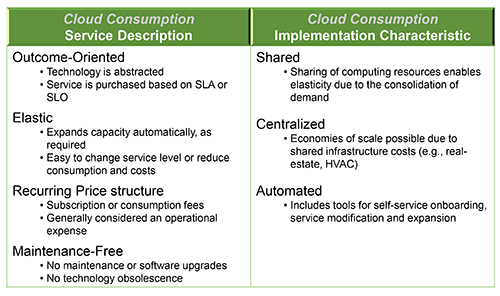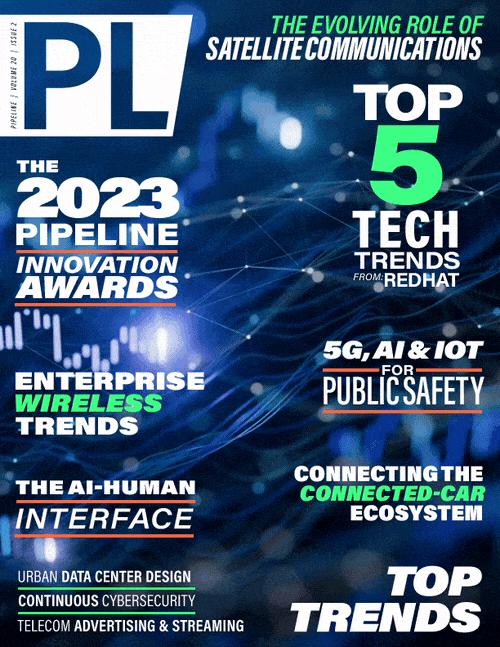Trends in Enterprise-class Wireless LAN
Explosive Growth and Real Innovation
- The networks in venues such as stadiums or auditoriums handle a huge variability in traffic load. With analysis of network activity and performance data, a network management tool can proactively identify bottlenecks in specific areas. For example, AIOps could identify that wait times are too long at a particular concession stand, or that a specific exit towards the parking lot is always congested.
- In an office scenario, integration of data from videoconferencing platforms can help AIOps applications uncover the root cause of bad video quality. Over time, an AI operations application could begin to predict the conditions for optimal video quality, helping to reduce employee frustration.
Looking further ahead, we may start to see AI and ML integrated into the WLAN standards. The IEEE has formed a topic interest group, called 802.11 AIML, which has been considering use cases and features that could be included in future generations of WLAN specifications. If work continues in this area, AI could eventually become baked into the standards, forcing manufacturers to be even more creative in differentiating their solutions.
4. An innovative business model fosters new competitors.
The term “Network as a Service” appeared quite frequently in the context of Campus IT services in 2022. Campus NaaS offers vary from vendor to vendor, but the service has the potential to fundamentally alter the way enterprises consume IT.
The industry is familiar with services based on a cloud-consumption model, such as Infrastructure and Platform as a Service (IaaS and PaaS), which reflect the characteristics listed in the table below.

Source: Dell’Oro Group Campus NaaS and Public Cloud-Managed LAN Report
However, it is not always clear how these characteristics should apply to campus networks, in which WLAN APs and switches are dedicated and physically installed on-site. Campus NaaS vendors have chosen to adopt the cloud consumption characteristics to differing degrees, and available offers vary in terms of the following factors:
- The suite of technology and applications included (e.g., WLAN, switches, WAN, SSE, NAC, devices) and whether the network technology is managed from a public cloud or on-premises equipment.
- Whether the Campus NaaS offer requires an upfront purchase commitment or whether it has a fully recurring price structure.
- Whether the offer is purchased directly from the WLAN equipment vendor or a Managed Service Provider (MSP).



















